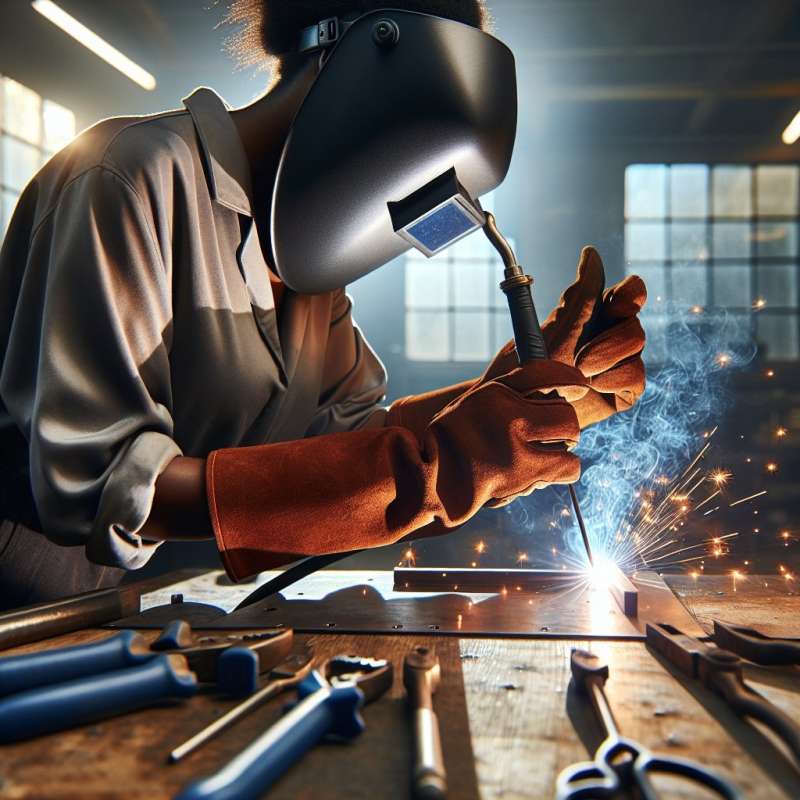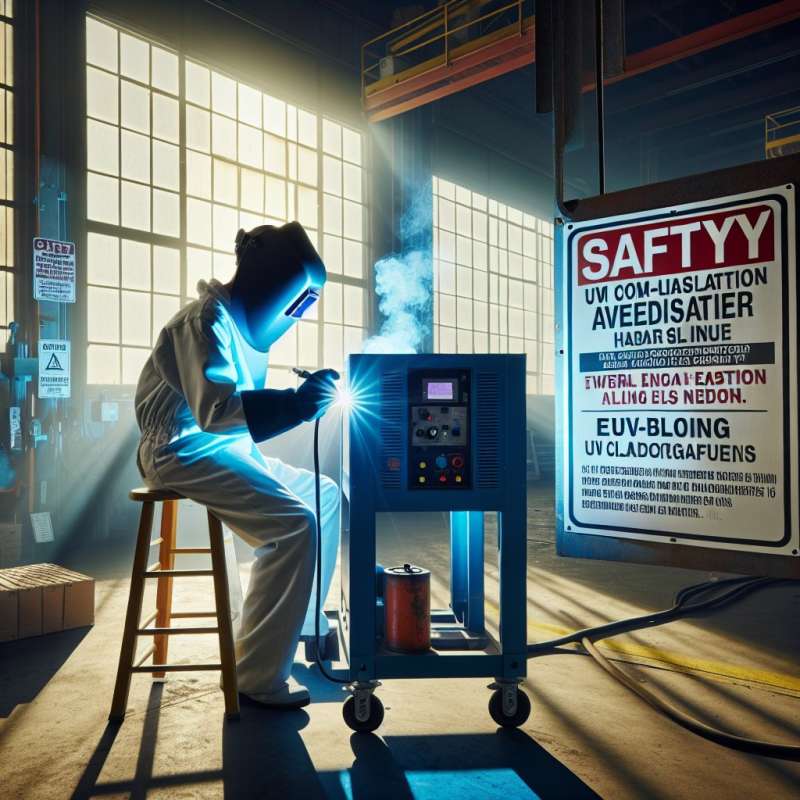
Introduction to Carbon Arc Welding
Carbon arc welding (CAW) is one of the oldest welding methods. It uses an arc between a carbon electrode and the workpiece to melt metals and create a strong joint.
CAW Operational Principle
Unlike other methods, CAW doesn't require a filler material. The intense heat from the carbon arc effortlessly melts the workpiece's edges to form a weld.
Carbon Electrodes' Role
The non-consumable carbon electrodes in CAW are made of graphite and can withstand the high temperatures without melting, focusing the arc effectively.
Current and Control
CAW is typically performed with a direct current (DC) power supply, which provides better control over the arc and reduces spatter compared to alternating current (AC).
Advantages of CAW
CAW's advantages include minimal equipment requirements, portability, and the ability to weld metals like copper and zinc alloys that are difficult with other methods.
Limitations and Safety
Despite its benefits, CAW has declined in popularity due to the intense UV radiation it emits, requiring stringent safety measures to protect welders' eyes and skin.
Modern Applications
Today, CAW is mainly used for repairing cast iron, maintaining heavy machinery, and in some artistic metalworking due to its ability to create unique textures and finishes.
What melts metal in Carbon Arc Welding?
Filler material and electrode
Arc between carbon electrode, workpiece
High-frequency ultraviolet light
Company